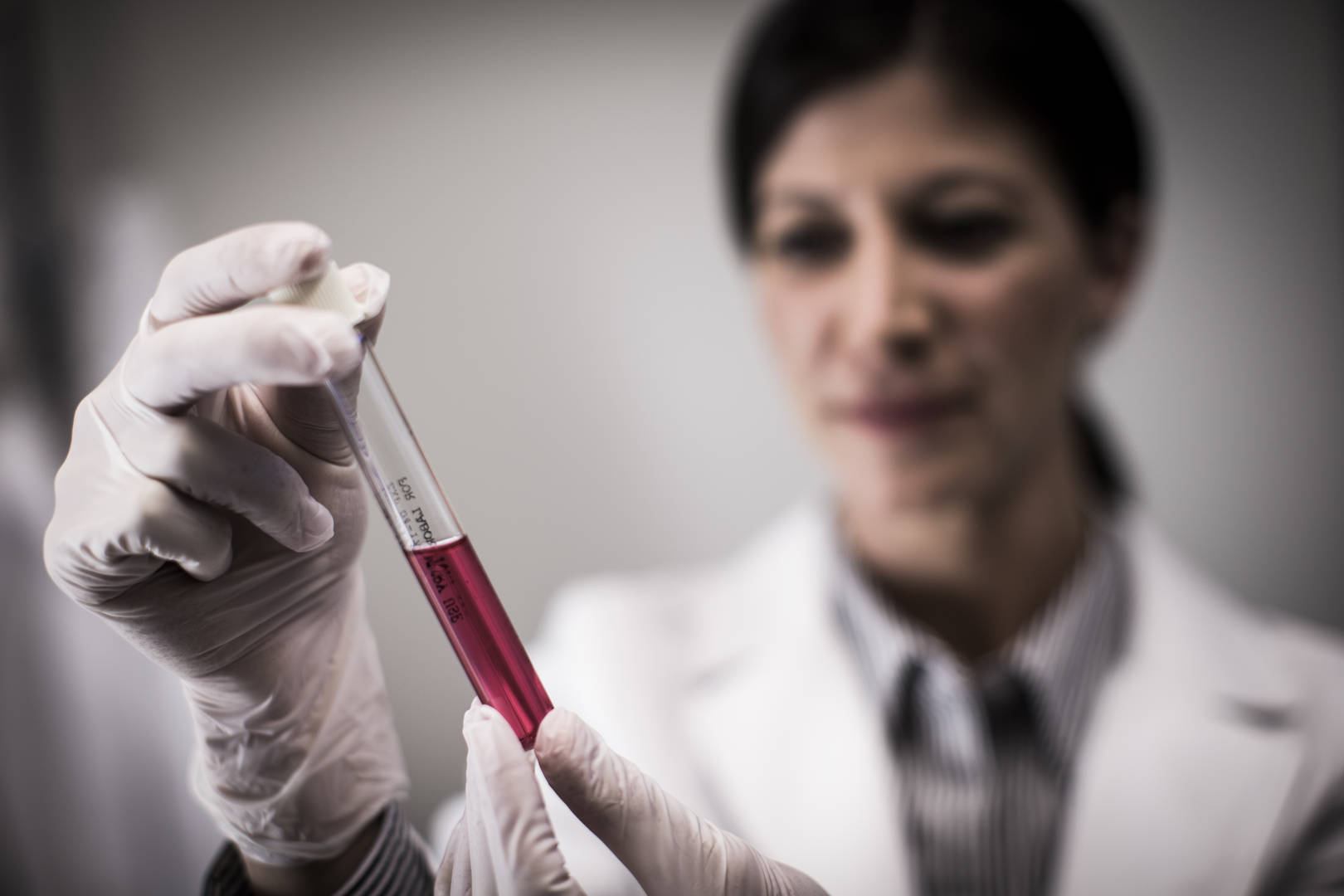Financial Management for Cell and Gene Therapies
By Albert Cooksey
Executive Q&A
Financial management for cell and gene therapies
The many components of cell and gene therapy (CGT) commercialization carry with them more fiscal complexities than traditional products when it comes to account setup, payment terms, invoicing, collection and credit — and all the billing checkpoints in between.
While third-party logistics (3PL) partners are in an excellent position to help, many manufacturers might not realize this, since the perception of 3PLs is so embedded in traditional product models. The reality is that 3PLs can do far more than just store the product — and this can be an enormous help to CGT manufacturers who are grappling with the financial complexities of bringing this new type of product to market.
Albert Cooksey, Senior Vice President of Business Development at ICS, shares more about the fiscal complexities involved in CGT and how to navigate them.

Q. First of all, why do you think that CGT manufacturers aren't thinking about 3PL for the financial aspects of their supply chain?
Cooksey: The first thing you think of when you think of 3PL is product storage, so CGT manufacturers might not think of 3PL as something they need. They don't think about 3PL as a solution for challenges with their orders, invoicing and collection functions. And that's because in the gene therapy space, the CGT manufacturers are the entities that are up front taking the orders and then patching those through to the patient services group for reimbursement evaluation.
Q. And 3PL partners can help with those functions, right?
Cooksey: Absolutely. 3PLs are in an excellent position to provide solutions. And CGT manufacturers often need help with the accounts receivable (A/R) piece. It's something that may sneak up on them, especially if they're not attached to a larger organization. And while A/R is a major piece, it can easily be overlooked while manufacturers concentrate on all the other complexities of cell and gene therapies.
Q. What are the repercussions if A/R is overlooked?
Cooksey: When it comes to billing, CGT manufacturers are often wondering: How do we send an invoice to the main distributor? How do we invoice the center of excellence (clinic) where the patient received the treatment? How do we get paid? The risk is that CGT manufacturers won't have procedures in place to quickly close out the books, which can create cash management problems. These critical back-end A/R processes can easily be taken on by a 3PL, even if they don't touch the product or take the order.
Q. So given the wholly different supply chain for cell and gene therapies, how are the “back office," or non-client-facing, components of distribution different?
Cooksey: One main difference is the invoicing function, because it may not happen until the therapy is administered to the patient. That's different than the standard setup where the product is sold, received and then invoiced. It takes more coordination to bill the distributors and collect based on the terms. The other component is the return policy if the therapy does not work. That creates additional complexity around coordinating the credit process. The good news is that the 3PL provider can direct the account relationship to manage these challenges at the start.
Q. Now that the FDA is creating a smoother path to approval1 for innovative therapies, what kind of accelerated planning do cell and gene manufacturers need to do to ensure they get paid for their products?
Cooksey: CGT manufacturers need to make sure they have a system in place where new accounts can be set up very quickly. Otherwise, they can face situations where there are patients whose accounts haven't been set up, which prevents the process of ordering, sending a product and invoicing from taking place.
"No manufacturer wants to wind up creating patient and provider access issues because of a delay on the account side."
Q. How quickly is quick, in terms of account setup?
Cooksey: About three months. CGT manufacturers need to plan for this. That's about how long it takes to get the accounts from the health systems established, and unfortunately, that can run into the launch stage of a product. We've unfortunately seen situations where an order cannot be invoiced because the manufacturer didn't accommodate for that multi-month runway, and the product was ready before the account was even created. No manufacturer wants to wind up creating patient and provider access issues because of a delay on the account side.
Q. What are the mechanics of how low-volume, high-dollar product sales work outside of a traditional wholesaler/specialty distribution model
Cooksey: One of the main differences is that in the cell and gene space, the product is usually picked up directly from the manufacturing site and delivered to the hospital. Usually in orphan-type products, the inventory would go to distributor — and in that model, you'd have those products in-house and ready to go. But in the cell and gene space, the challenge for manufacturers is that distributors are rarely involved in the distribution process, which completely transforms the way the supply chain works from lab to patient. It requires a new way of thinking about the financial components of bringing those products to the market.
Q. What should CGT owners keep in mind when considering 3PL providers to support them with these fiscal factors?
Cooksey: First, they should look for a partner with strong connections to the distribution organizations they want to use — whether that's wholesalers or a specialty distributor connected to particular centers of excellence. More importantly, manufacturers should look for a partner with staff and systems in place to do the extra coordination that might be required for credits or other complex invoicing activities, beyond standard A/R.
Finally, CGT manufacturers should look for 3PL providers that not only have sophistication in their systems, but also have the ability to scale with a growing CGT program in real-time.



